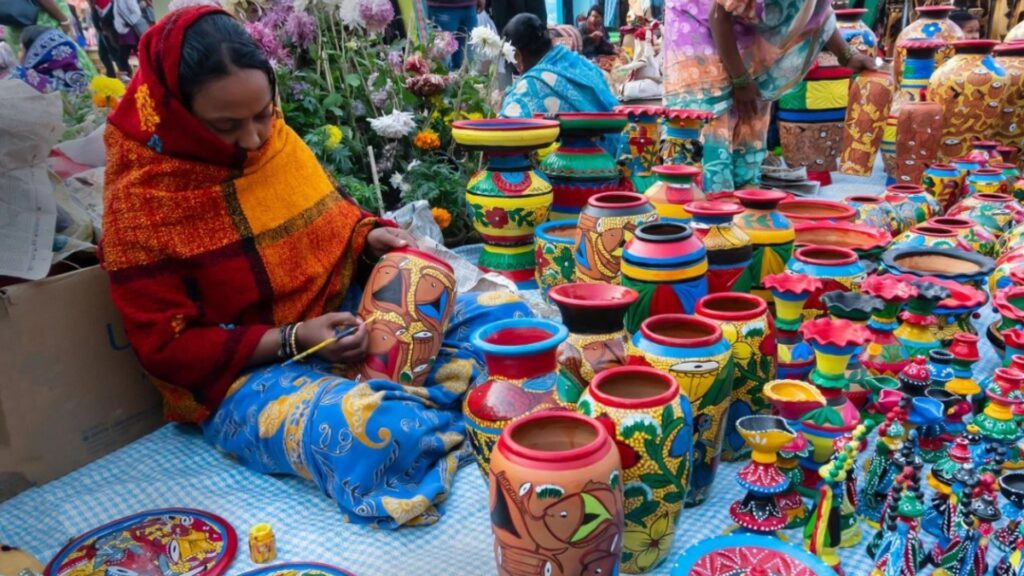The Indian handicraft industry from the remotest corners of the country attracts domestic as well as international tourists with its traditional vibes. It is the backbone of the Indian rural economy for several decades and also has a major share in export earnings. The local artisans from the villages of Rajasthan, Uttar Pradesh, etc transfer their art and skill to their future generations to make it a legacy. The self-sustainable and environment-friendly practices in this traditional industry enjoy continuous international attention and demand with their unique quality products, designs, and ideas.
India’s handicraft sector employs more than 30 lakh artisans as per government records. This makes it the second largest employer in the country. These craftsmen without any skill training and formal literacy face several challenges in terms of market access and price realization for their products. The financial constraints and lack of institutional framework pose significant threats to the growth of this industry at large.
But the launch of several government schemes like Ambedkar Hastshilp Vikas Yojana, Mega Cluster Scheme, etc along with the integration of technology in these traditional arts has opened new avenues for domestic as well as export markets. The US, UK, Germany, etc are some of the leading countries which have high imports of Indian handicrafts including woodwares, handprinted textiles, imitation jewelry, etc.
The export targets achieved in the last two years reflect this huge demand for Indian handicraft products across the globe. The industry also has explored the routes of the e-marketplace and helped artisans to clear their stock post-pandemic. The consistent effort in enhancing quality, designing, branding, and market access helps them to reap further benefits through their skills and capabilities.
The cluster-based development of the industry, dedicated handicraft centers, and special handicraft display venues like Dilli Haat provide a dedicated place for these artisans to showcase their art and attract buyers. These places are the hubs to show the tangible and intangible treasures of India’s handicraft industry to the world and eventually bring more export business and foreign reserves for the country along with million-dollar smiles on the faces of the local artisans.

